The Travellers 101 to Aches and Pains
By Brianna Delaney
Heading into school holidays and Eastern often means trips away, whether a flight interstate or overseas or maybe a road trip, camping or visiting family. Sleeping in unfamiliar beds, long periods in one position and being a bit more adventurous than usual can often bring about sudden aches and pain that interrupt what should be a relaxing time for making memories. Below we’ll go through some of the common tweaks travellers can experience and some strategies you can put in your emergency kit just in case!
There are many different ways in which travel can cause aches and niggles that interrupt our holiday, it may be a new pain that you haven’t experienced or a repeat offender you had hoped to avoid! Common problem areas are the neck and lower back pain often from long trips in cars and planes or sleeping in different beds with different pillows. They can also come about from sudden quick movements the body has struggled to catch up with. You may experience a loss of range of motion and difficulty getting comfortable to go along with the pain. As much as the neck and low back are the most common, travel is full of the unknown and that applies to niggles and aches as well.
SO! I have an ache, I’m away from home and my usual health professional, what do I do?
First of all, rest. Letting your body take a minute to assess the situation and figure out what's actually happened can make a huge difference, much like those first few steps after rolling your ankle as you figure out how much weight you can use. Next is ice and heat, ice is commonly used for acute injuries where we want to reduce the amount of swelling and heat is used to reduce muscle guarding aiding in relaxation. However, both ice and heat have an analgesic effect and whichever provides relief is a thumbs up. But I’m traveling! You say, no fear, when your freezer ice packs and wheat bags are out of reach, the local chemist has a handy supply of single use ice packs and heat packs in a pinch (always read the instructions and always have a layer between the pack and your skin).
Sleep is often a struggle on that first night or two as the ache takes its time to settle. Your normal sleeping position might suddenly be aggravating your pain and you can’t get comfortable. Having access to a second pillow can be really useful in gaining comfort and reducing the aggravation experienced overnight. Below we have demonstrated numerous ways to use a pillow as support. If you don’t have access to another pillow, folded or rolled up jumpers/blankets or couch cushions can help as well. These can also be used BEFORE pain occurs to prevent an onset of discomfort.
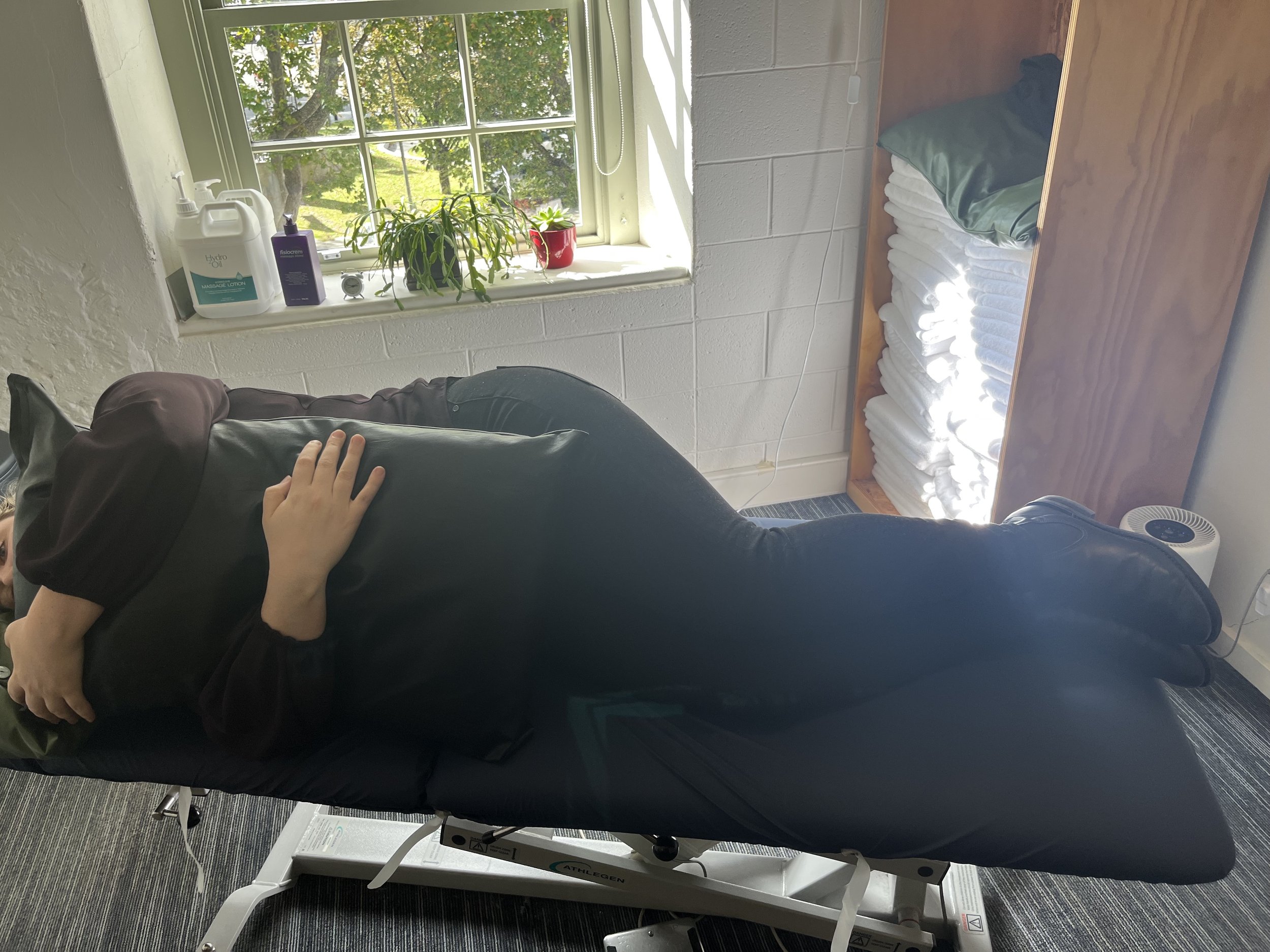
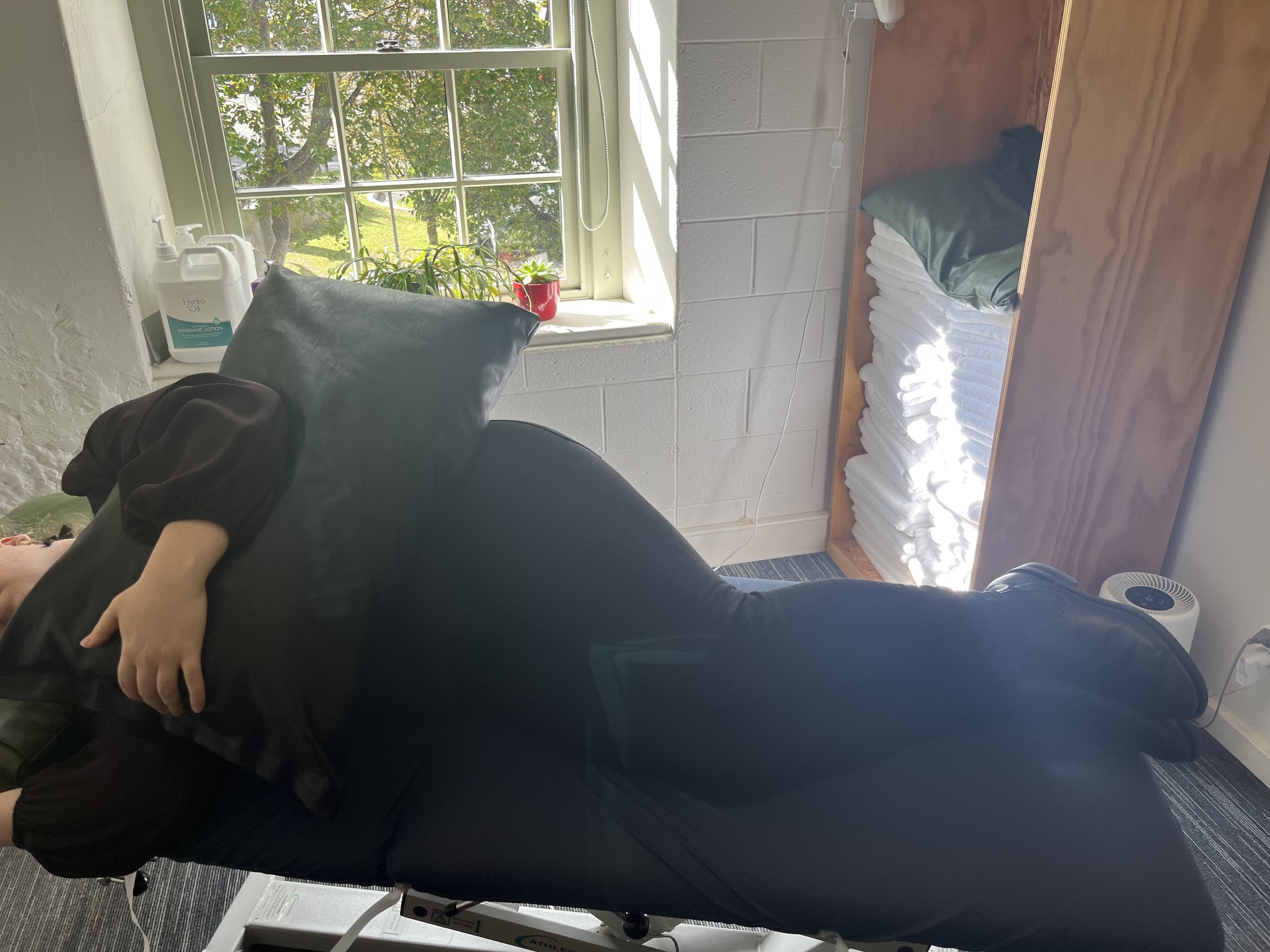

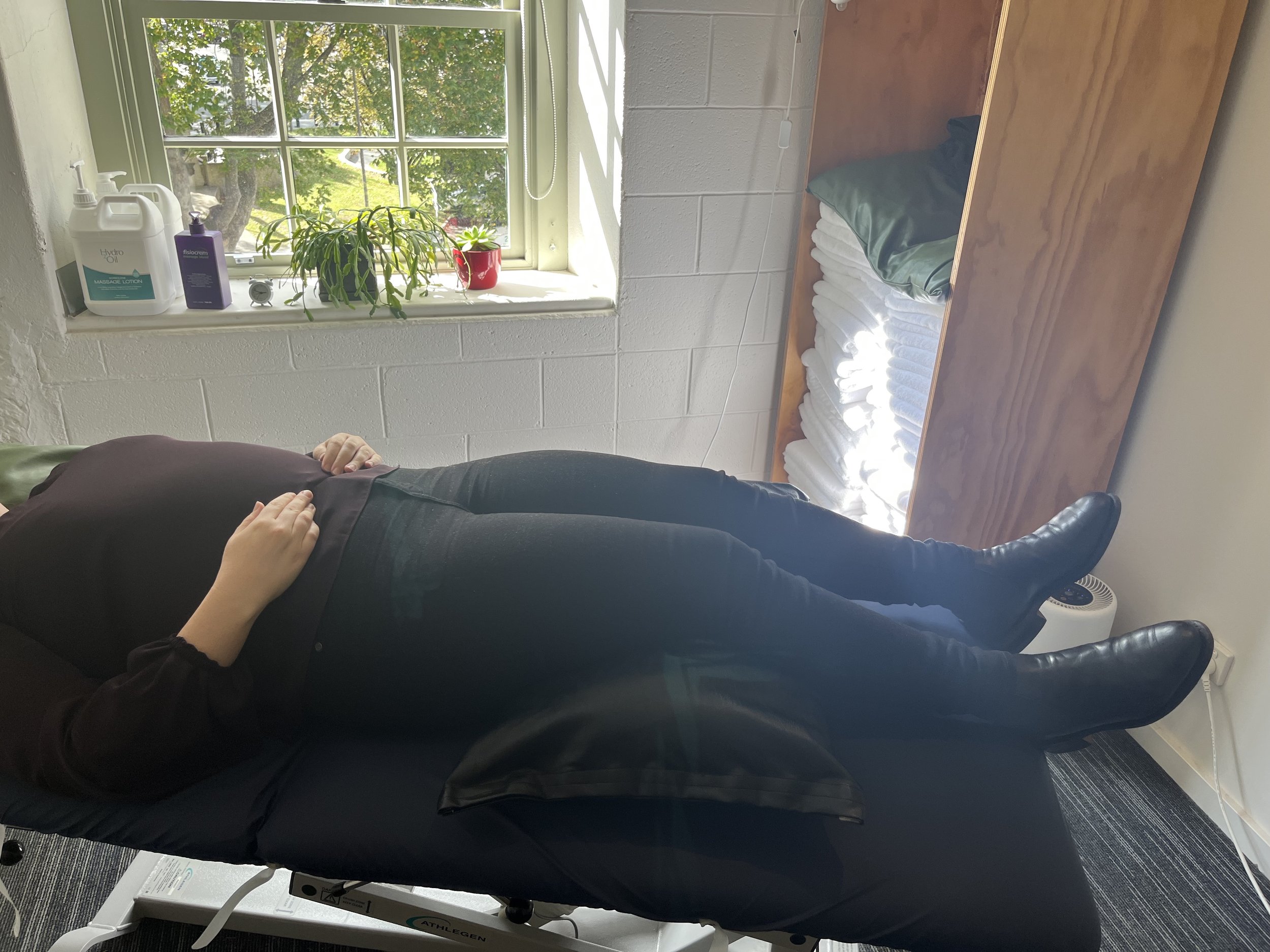
The magic of a rolled up jumper when traveling is quite amazing, especially for long road trips or plane seats. The photos below show another range of ways these can help change our posture and provide support for the low back, shoulders and hips to reduce discomfort. Changing up our posture regularly is great in avoiding pains from prolonged positions.

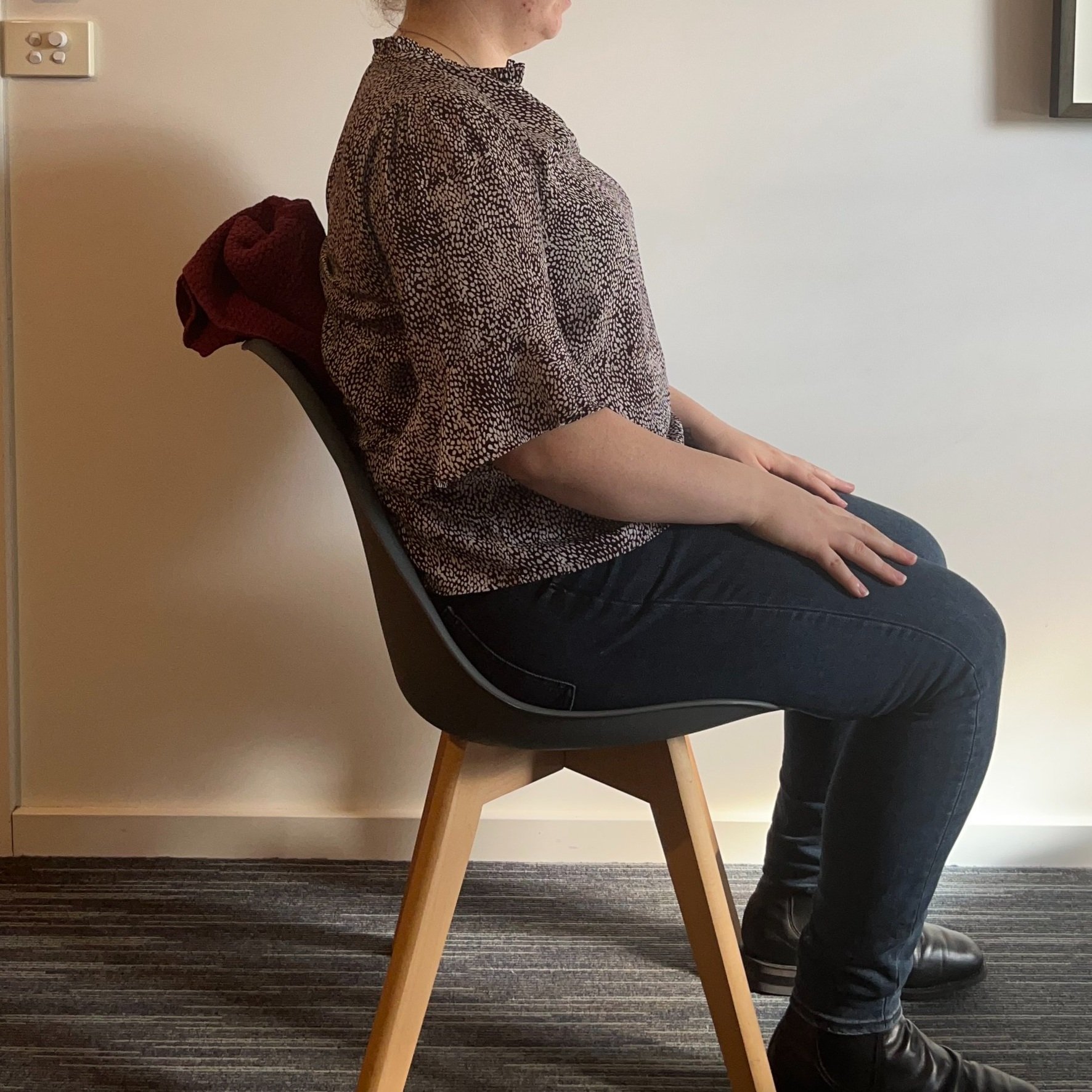
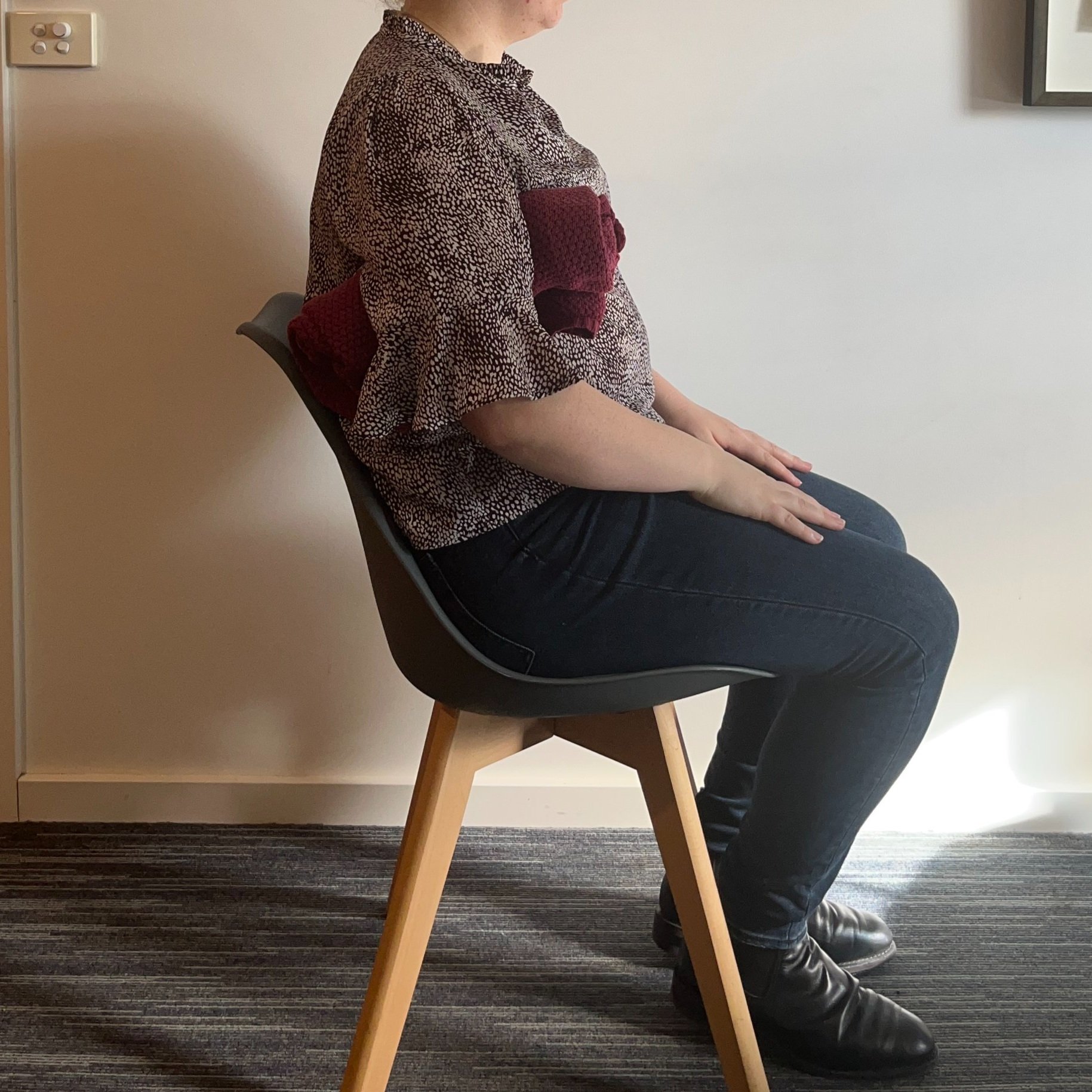
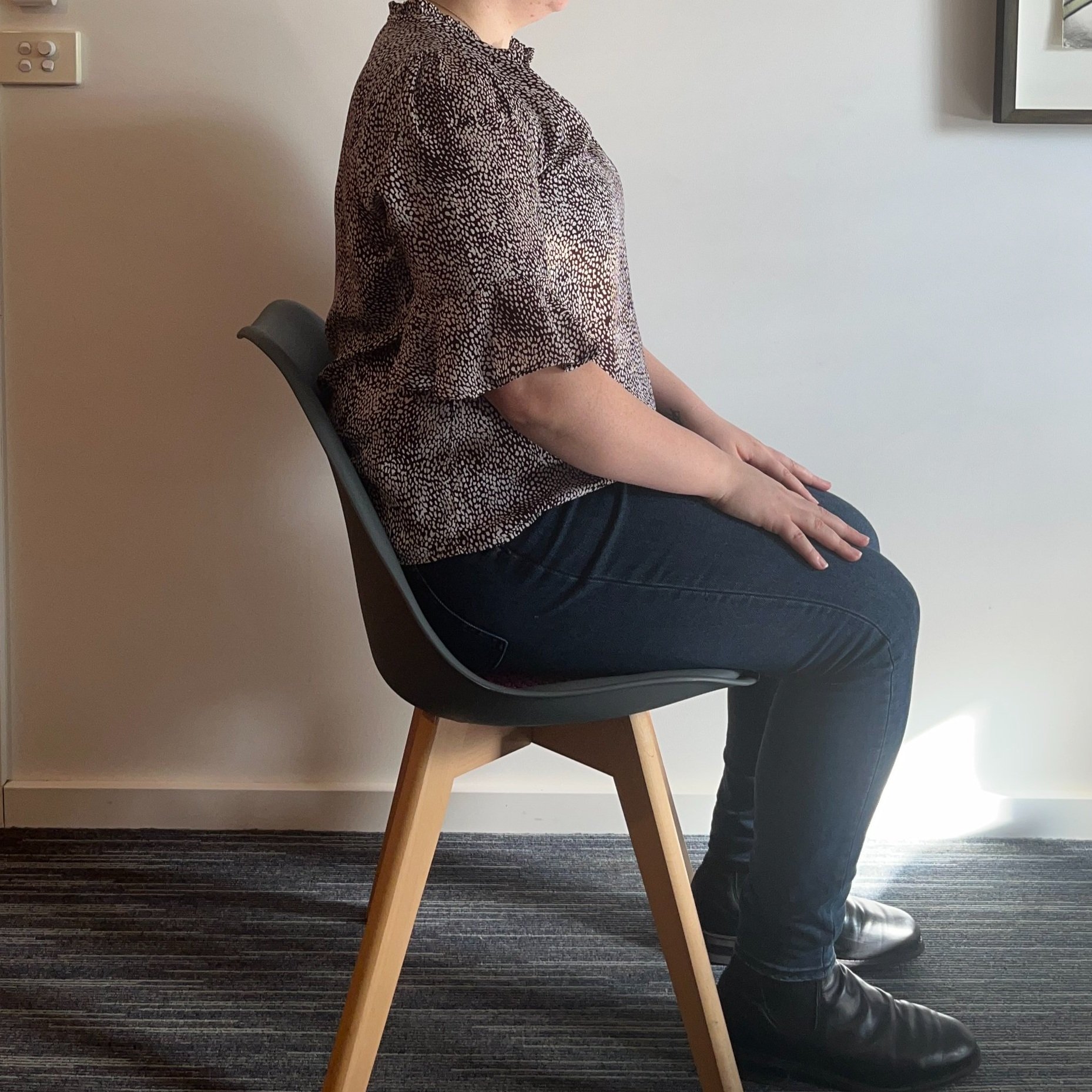
After the first day of rest, beginning with light movements and gentle stretching (rule of thumb is nothing over 3/10 in pain) can get you back to the itinerary in no time. Our resources page has a number of videos for different stretches from necks to lower limbs and acute and chronic back pain. [Quick and Easy Stretches - Video Series]
The hope is that these tools allow you to get back to your holiday without pushing through pain or help you to move more comfortably until you can see a health professional.
